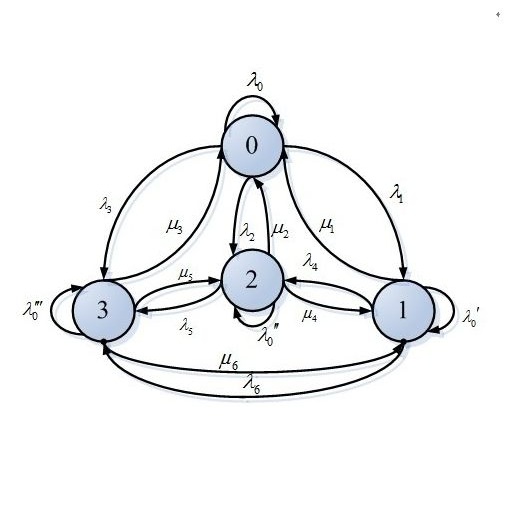The configuration model is a standard tool for generating random graphs with a specified degree sequence, and is often used as a null model to evaluate how much of an observed network's structure is explained by its degrees alone. Except for networks with both self-loops and multi-edges, we lack a direct sampling algorithm for the configuration model, e.g., for simple graphs. A Markov chain Monte Carlo (MCMC) algorithm, based on a degree-preserving double-edge swap, provides an asymptotic solution to sample from the configuration model without bias. However, accurately detecting convergence of this Markov chain on its stationary distribution remains an unsolved problem. Here, we provide a concrete solution to detect convergence and sample from the configuration model without bias. We first develop an algorithm for estimating a sufficient gap between sampled MCMC states for them to be effectively independent. Applying this algorithm to a corpus of 509 empirical networks, we derive a set of computationally efficient heuristics, based on scaling laws, for choosing this sampling gap automatically. We then construct a convergence detection method that applies a Kolmogorov-Smirnov test to sequences of network assortativity values derived from the Markov chain's sampled states. Comparing this test to three generic Markov chain convergence diagnostics, we find that our method is both more accurate and more efficient at detecting convergence.
翻译:配置模型是生成带有特定度序列的随机图表的标准工具,通常被用作一个无效的模型,用以评价所观测网络结构中有多少被观测到的结构仅以度来解释。除了有自上层和多层平台的网络之外,我们缺乏一种配置模型的直接抽样算法,例如简单图。一个基于程度保存双向交换的Markov链蒙卡洛(MCMC)算法,它为配置模型样本提供了一种无偏差的现成解决办法。然而,准确地发现这个Markov链在固定分布上的趋同仍然是一个尚未解的问题。在这里,我们提供了一种具体的解决办法,用以检测配置模型的趋同和样本,而没有偏差。我们首先开发一种算法,用以估计抽样的MCMC(MC)国家之间的足够差距,以便它们能够有效地独立。我们将这一算法应用于509个实验网络的组合中,我们根据缩放法,得出一套计算效率高的超值,以便自动选择这一采样差距。我们随后在 Kolmologov-Smirovnov 测试3 中,我们用一种更精准的测测算方法来测试我们这个测算的标准化的统化链序列。




